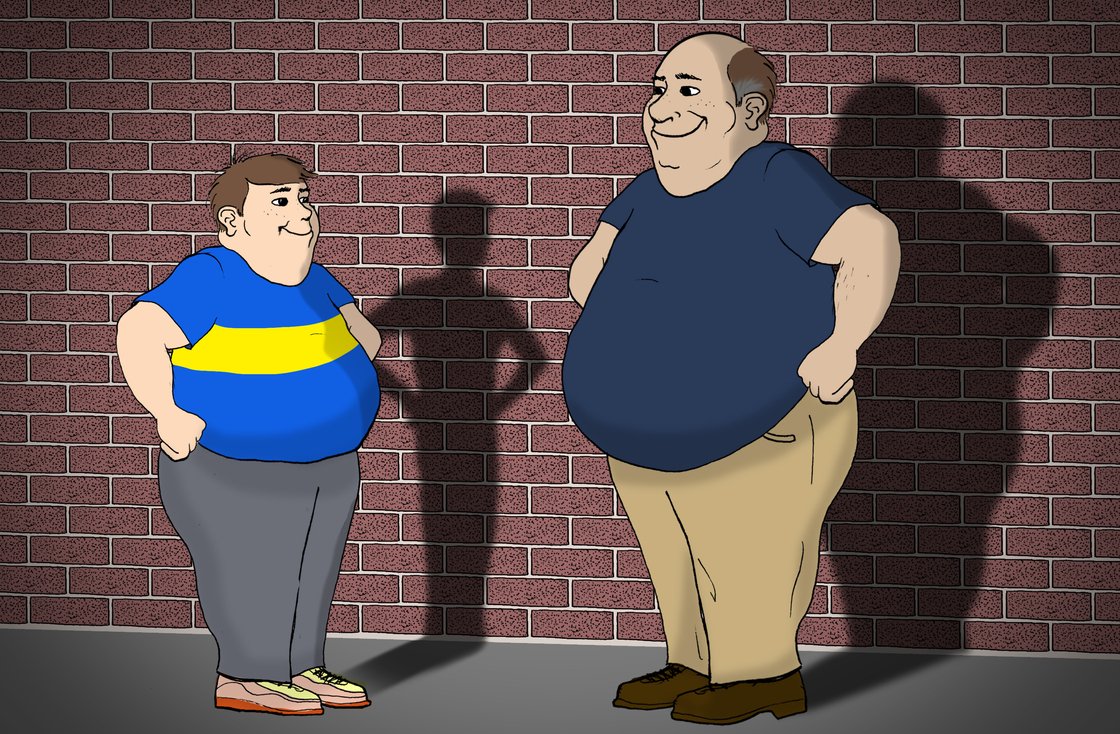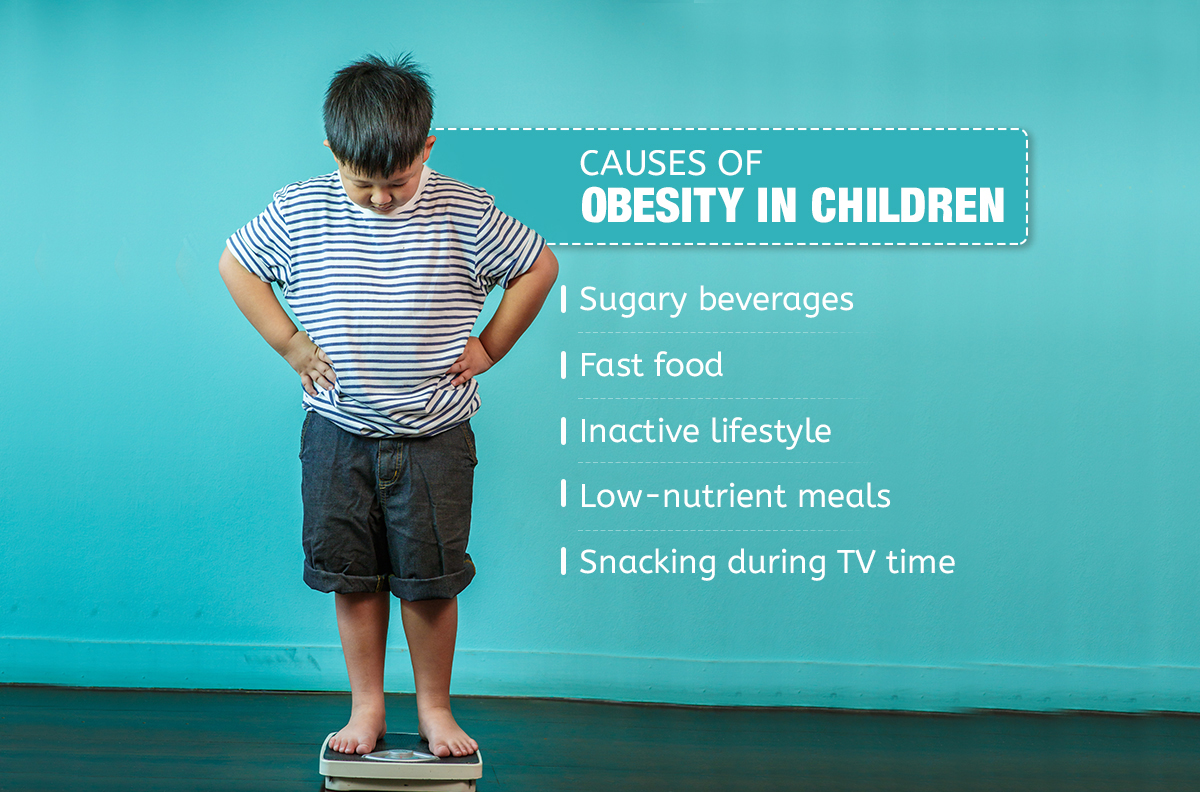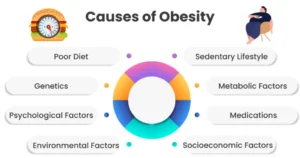
Obesity in Children vs. Adults: Why the Difference Matters

Obesity in Children vs. Adults: Why the Difference Matters
Obesity has become one of the most pressing global health concerns of our time. While many people think of it as an issue affecting only adults, childhood obesity is rising at an alarming rate. According to the World Health Organization (WHO), the number of overweight or obese children has increased dramatically over the past few decades.
But here’s the important truth: obesity in children is not the same as obesity in adults. Both carry health risks, but the way they develop, the impact they have, and the approach to managing them are very different. Understanding these differences is key to prevention, early intervention, and effective treatment.
1. Developmental Differences

Children are still growing: Their bones, muscles, and organs are developing. Extra weight can interfere with growth and cause long-term health issues.
Adults have finished growing: Weight gain affects them differently, often leading to metabolic disorders, joint pain, and cardiovascular disease.
This means childhood obesity has the potential to shape long-term health outcomes, making prevention even more critical.
2. Causes of Obesity in Children vs. Adults

In Children:
- Poor diet (high sugar, processed foods, fast food culture)
- Excessive screen time and sedentary lifestyle
- Lack of outdoor play and physical activity
- Family eating habits and parental influence
- Psychological factors like emotional eating

In Adults:
- Slower metabolism with age
- Hormonal changes (especially in women after pregnancy or menopause)
- Stress, work lifestyle, and irregular eating patterns
- Medical conditions and medications
While both groups may struggle with diet and lifestyle, children are heavily influenced by their environment, making family and school support crucial.
3. Health Risks
Childhood Obesity Risks:
- Early onset of type 2 diabetes
- Asthma and breathing issues
- Bone and joint problems
- Social stigma, bullying, and low self-esteem
- Higher risk of obesity in adulthood
Adult Obesity Risks:
- Heart disease and hypertension
- Stroke
- Type 2 diabetes and insulin resistance
- Osteoarthritis
- Certain cancers (like breast and colon cancer)
While both children and adults face serious risks, the psychological and social impact of obesity can be harsher on children, affecting their self-confidence and mental well-being.
4. Treatment Approaches
For Children:
- Focus on healthy lifestyle changes, not restrictive dieting.
- Encouraging family meals with balanced nutrition.
- Making physical activity fun (sports, dance, outdoor play).
- Limiting screen time.
- Providing psychological support for emotional eating.
For Adults:
- Diet and exercise programs tailored to lifestyle.
- Medical management (if needed).
- Stress management and mental health support.
- Weight-loss treatments or surgery in severe cases.
The difference? Children require a supportive, family-centered approach, while adults can make more independent choices and interventions.
5. Importance of Functional Medicine in Obesity

At Midas Wellness Hub, we believe traditional weight-loss plans often miss the bigger picture. Obesity, whether in children or adults, is rarely just about calories in versus calories out, it is a multifactorial condition influenced by genetics, hormones, gut health, sleep, stress, and lifestyle.
This is where functional medicine plays a key role. Instead of treating only the symptoms (like weight gain), functional medicine looks for the root causes behind obesity.
For Children:
- Identifying hidden food sensitivities, poor gut health, or nutrient deficiencies that may be contributing to weight gain.
- Designing clinical diet plans that support healthy growth rather than just cutting calories.
- Educating families so the entire household benefits from better food and lifestyle habits.
For Adults:
- Addressing insulin resistance, thyroid imbalances, or hormonal changes that may make weight loss difficult.
- Offering personalized nutrition, stress management strategies, and supplementation to restore balance.
- Creating sustainable wellness plans instead of short-term diets.
By using a functional medicine approach, Midas Wellness Hub helps patients, both children and adults, achieve healthier weight management that lasts a lifetime.
6. Long-Term Impact
Childhood obesity often tracks into adulthood, meaning an obese child is much more likely to become an obese adult.
However, if caught early, childhood obesity can be reversed with lifestyle adjustments guided by professionals.
Adults, on the other hand, often face more difficulty losing weight due to slower metabolism, established habits, and long-standing health conditions.
This is why prevention and early intervention during childhood, especially through functional medicine, is far more effective than treating obesity later in life.
Final Thoughts
While obesity is a health concern for both children and adults, the differences in development, causes, and consequences make childhood obesity particularly urgent to address. Adults can still make lifestyle changes, but for children, prevention means giving them the gift of a healthier future.
At Midas Wellness Hub, we take a holistic approach rooted in functional medicine, addressing nutrition, lifestyle, emotional health, and medical factors together. By guiding both children and parents, we create sustainable health strategies that prevent obesity and promote lifelong wellness.
Investing in a child’s health today prevents lifelong struggles tomorrow. Let Midas Wellness Hub be your partner in building healthier futures.
